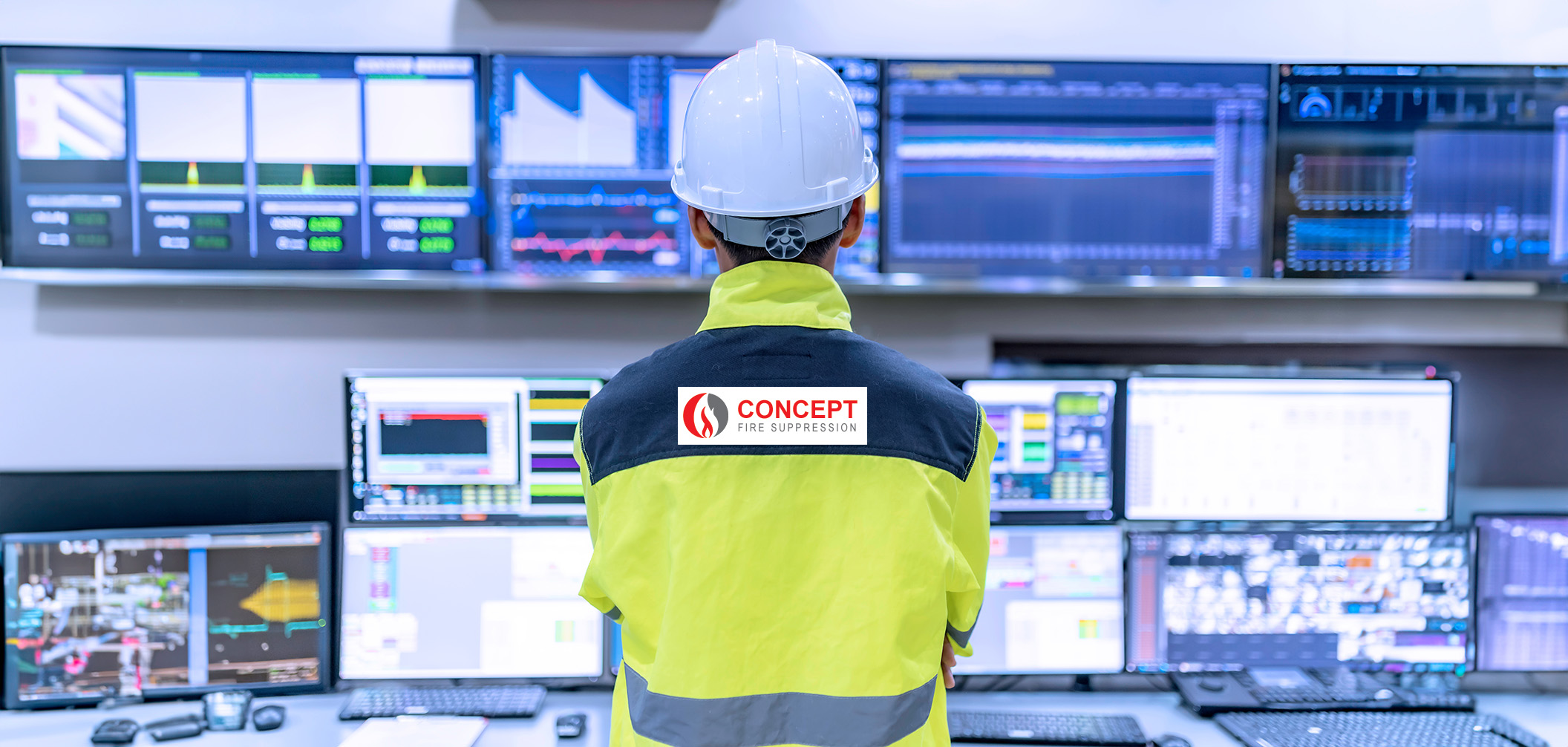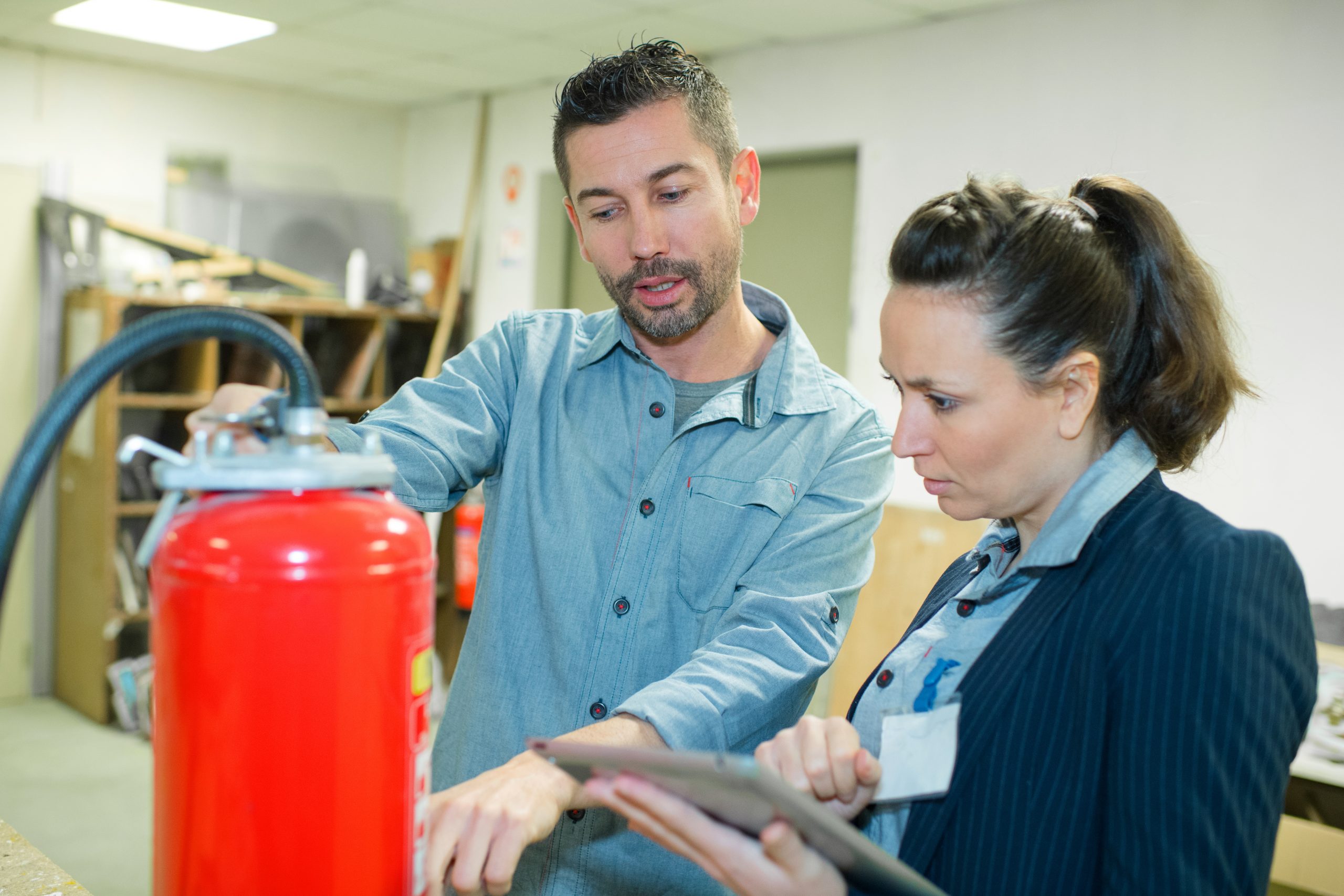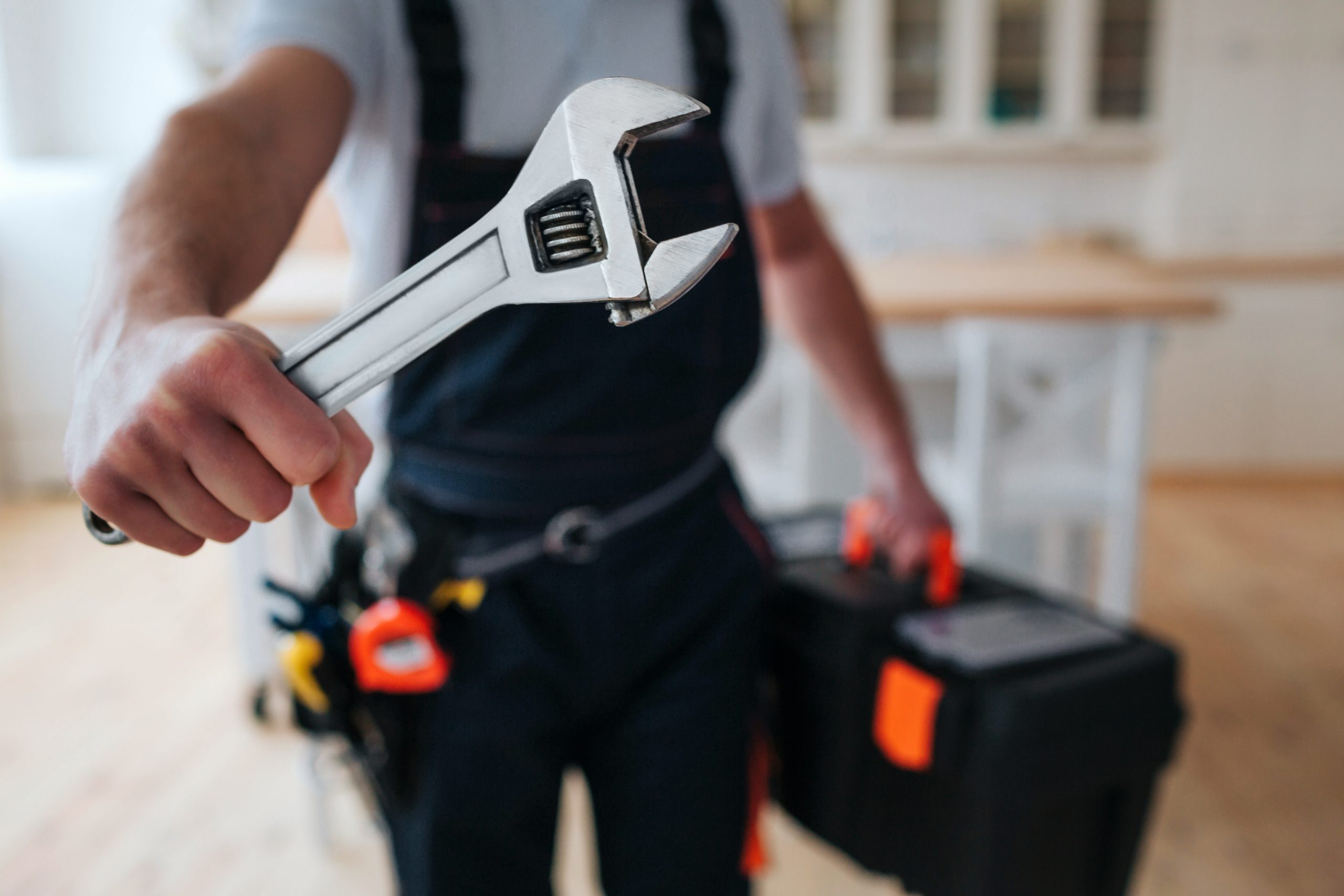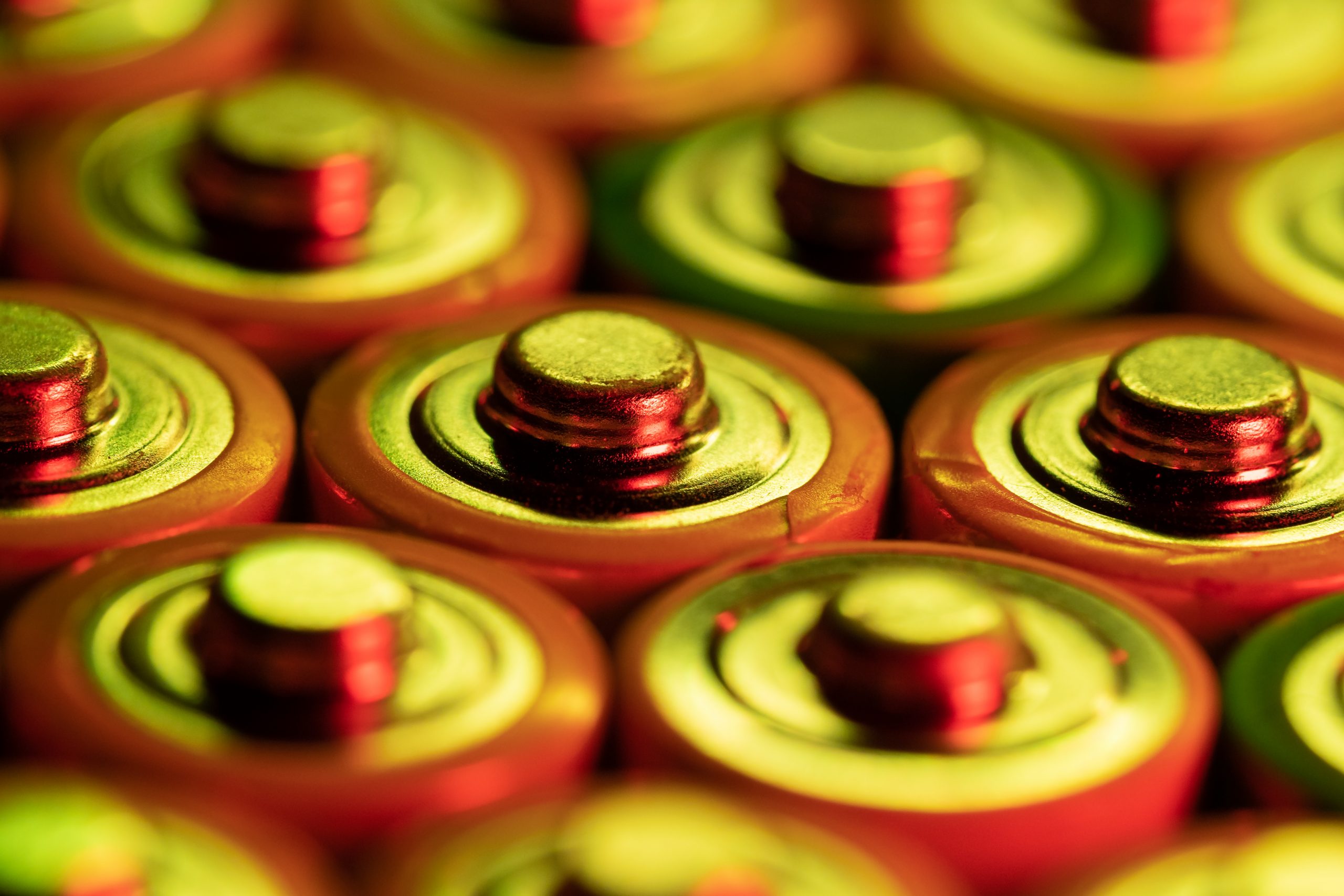10. Components of a Fire Suppression System: Key Elements Explained
A comprehensive fire suppression system comprises various components that work together to detect and suppress fires effectively. Understanding these key elements is essential for designing and maintaining a reliable fire protection infrastructure. Let’s explore the components of a fire suppression system:
1. Fire Detection Systems:
Fire detection systems are designed to detect the presence of a fire and provide early warning. Common types of fire detection systems include smoke detectors, heat detectors, flame detectors, and fire alarm systems. These systems utilise sensors and advanced technology to identify signs of fire, triggering the activation of the suppression system and alerting occupants and emergency personnel.
2. Control Panel:
The control panel serves as the central command unit of the fire suppression system. It receives signals from the fire detection system, monitors system status, and initiates appropriate responses. The control panel may include indicators, alarms, and controls for manual activation, system testing, and maintenance.
3. Suppression Agents and Containers:
The suppression agents used in fire suppression systems vary depending on the specific hazards and requirements. They can include water, foam, dry chemicals, clean agents, or specialised agents. These agents are stored in containers, such as cylinders or tanks, which are strategically located and designed for easy deployment.
4. Distribution Network:
The distribution network consists of pipes, nozzles, valves, and other components that deliver the suppression agent from the containers to the protected areas. It ensures the effective and efficient distribution of the agent for fire suppression. The network is designed based on factors such as hazard type, coverage area, and required discharge patterns.
5. Activation Mechanisms:
Activation mechanisms are devices or systems that initiate the release of the suppression agent when a fire is detected or manually activated. They can include thermal sensors, electronic release systems, or manual pull stations. Activation mechanisms ensure the timely deployment of the suppression agent to suppress the fire.
6. Suppression System Controls:
Suppression system controls provide the means to monitor, control, and customize the operation of the fire suppression system. They can include control valves, discharge nozzles with flow control, pressure switches, and manual overrides. These controls allow for specific adjustments and enable the suppression system to meet the unique requirements of different fire scenarios.
7. Monitoring and Maintenance:
Regular monitoring and maintenance are essential to ensure the continued reliability and effectiveness of the fire suppression system. This includes routine inspections, testing of detection devices, maintenance of suppression agents and containers, and adherence to relevant codes and standards. Proper maintenance helps identify potential issues and ensures the system is always ready to respond to a fire emergency.
8. Alarm and Communication Systems:
Fire suppression systems are often integrated with alarm and communication systems to provide efficient notification and evacuation procedures. This can include audible and visual alarms, emergency lighting, voice evacuation systems, and integration with building management systems. Effective communication during a fire incident is crucial for the safety of occupants and coordination with emergency responders.
By considering these key components and their interconnections, fire suppression systems can be tailored to address specific fire hazards and protect lives and property effectively.
In the next section, we will discuss the importance of professional installation and ongoing maintenance for fire suppression systems. Join us as we continue our exploration of fire suppression and its critical role in fire safety.
To go back and read again 9. Understanding Fire Suppression Agents: From Water to Clean Agents or to go forwards go to 11. Detecting Fires: The Role of Fire Detection in Suppression you will have to wait until tomorrow.
If you have any queries please contact us now!







